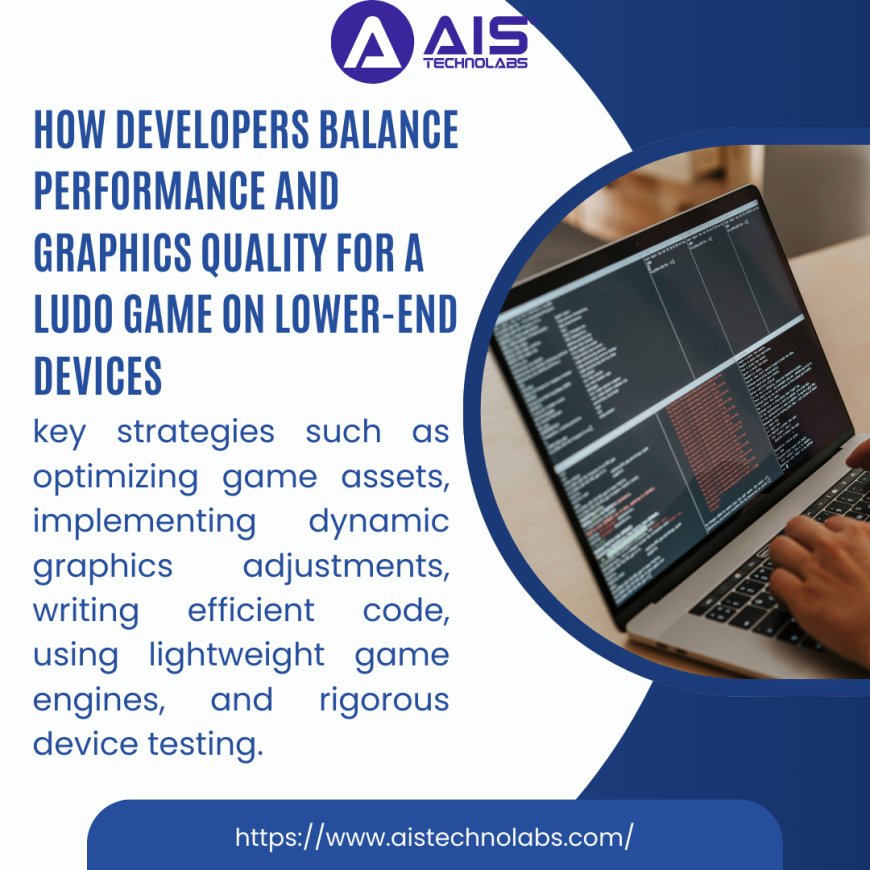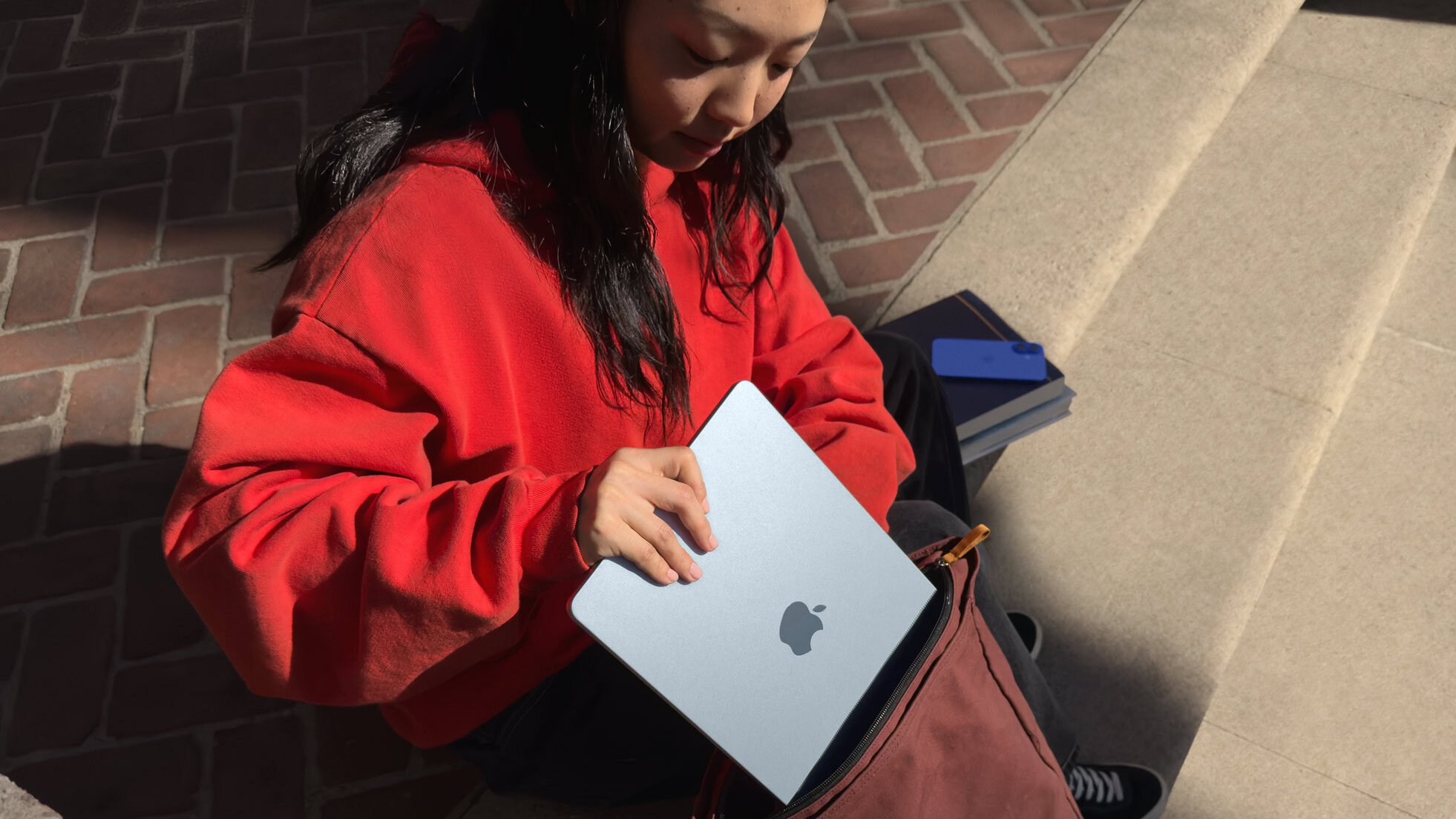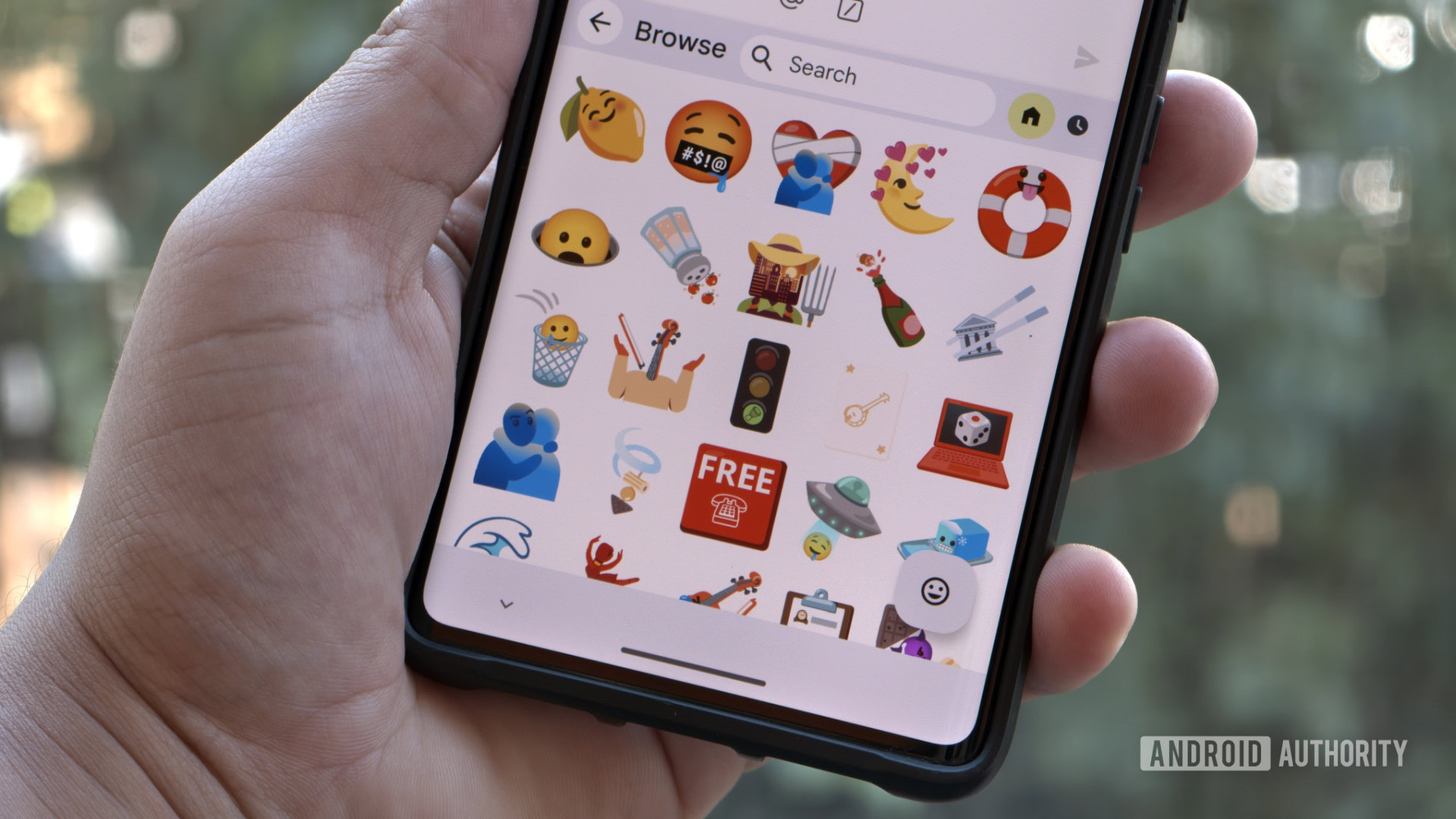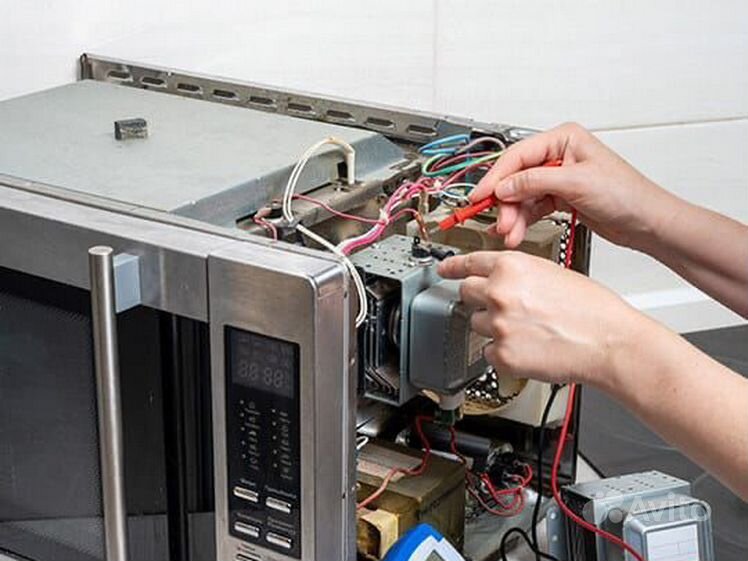How Developers Balance Performance and Graphics Quality for a Ludo Game on Lower-End Devices
This article explores how developers balance performance and graphics quality for a Ludo game on lower-end devices.

In today’s world, the popularity of mobile games has grown exponentially, and developers face the challenge of catering to a wide variety of devices, including lower-end ones. A Ludo game may seem simple, but balancing performance and graphics quality on lower-end devices can be challenging. Let’s explore how developers manage to strike this balance effectively.

Understanding the Constraints of Lower-End Devices
Lower-end devices have limitations such as low processing power, limited RAM, and basic graphics cards. Ludo game development company must work within these constraints to ensure the Ludo game remains playable while delivering a visually appealing experience. This challenge demands a careful trade-off between performance and graphics quality.
Optimizing Game Assets for Better Performance
One of the primary ways developers maintain performance on lower-end devices is by optimizing game assets. This includes reducing the size and complexity of textures, models, and other visual elements. Smaller assets take less memory and processing power, allowing the game to run smoothly.
- Using Compressed Textures: Compressed textures reduce the load on memory and processing power without sacrificing too much quality.
- Simplifying Models: Developers use low-polygon models to keep the rendering process light and efficient.
- Reducing Animation Complexity: Animations are simplified to reduce computational demands, which helps in smooth gameplay.
Adjusting Graphics Quality Dynamically
To cater to a broad range of devices, Ludo game development companies implement dynamic graphics adjustment systems. These systems automatically reduce or enhance graphics settings based on the device's capabilities.
- Auto-Scaling Resolution: Games like Ludo adjust the resolution based on device performance. On lower-end devices, resolution is reduced to ensure smoother gameplay.
- Disabling High-End Features: Features such as shadows, reflections, and particle effects may be turned off on lower-end devices to save resources.
- Switching to 2D Elements: In some cases, developers might switch from 3D to 2D elements to reduce processing needs.
Efficient Code Optimization
Beyond asset optimization, developers focus on efficient code to ensure that the game runs smoothly across devices. Writing performance-optimized code is crucial for balancing performance and graphics quality.
- Reducing Frame Rates: While high frame rates offer smoother gameplay, they can strain lower-end devices. Developers may cap the frame rate at a lower but stable rate to improve performance.
- Minimizing Memory Leaks: Developers keep a close eye on memory usage, preventing leaks that could degrade performance over time.
- Effective Multithreading: Splitting tasks across multiple threads helps in efficiently using CPU resources, thus enhancing performance without affecting graphics quality.
Leveraging Lightweight Game Engines
Game engines play a significant role in balancing performance and graphics quality. Developers often choose lightweight engines that are optimized for running on lower-end devices. These engines offer built-in optimizations and settings to maintain smooth performance.
- Unity and Unreal Engine: Both offer performance optimization features specifically designed for mobile games, making them popular choices for Ludo game development.
- Custom Game Engines: Some developers opt for custom engines tailored to the specific requirements of their game and target devices.
Testing Across a Wide Range of Devices
Testing is an essential part of the development process, ensuring the game performs well on various devices. Developers test the game on multiple lower-end devices to identify bottlenecks and areas where performance can be improved.
- Device-Specific Testing: Running the game on multiple devices helps to pinpoint performance issues specific to certain models.
- Profiling Tools: Developers use profiling tools to track CPU, GPU, and memory usage, ensuring optimal performance without sacrificing graphics quality.
User Settings for Graphics and Performance
Allowing users to control their graphics settings is another effective approach. Giving players the option to adjust settings based on their device's performance allows developers to cater to a wider audience.
- Graphics Settings Menus: Users can choose between low, medium, and high settings to balance graphics quality and performance according to their device's capabilities.
- Battery Saver Modes: Some games provide battery saver modes, which lower performance demands by reducing graphics intensity.
The Role of Continuous Optimization
Even after a Ludo game is released, developers continue to optimize it. Updates and patches are released to improve performance and graphics quality, addressing feedback from users and resolving any issues that arise over time.
- Post-Release Updates: Regular updates ensure the game remains optimized for newer lower-end devices.
- Feedback Integration: Developers rely on user feedback to identify areas where the game may struggle on certain devices, leading to targeted optimizations.
Conclusion
Balancing performance and graphics quality for a Ludo game on lower-end devices is a complex but necessary process. Through asset optimization, dynamic graphics adjustment, efficient coding, and rigorous testing, ludo game development company manages to create a smooth gaming experience. Allowing users to control settings and continuously updating the game further helps ensure that the game runs well across a wide range of devices, keeping both performance and visual appeal in harmony.
What's Your Reaction?
 Like
0
Like
0
 Dislike
0
Dislike
0
 Love
0
Love
0
 Funny
0
Funny
0
 Angry
0
Angry
0
 Sad
0
Sad
0
 Wow
0
Wow
0













































